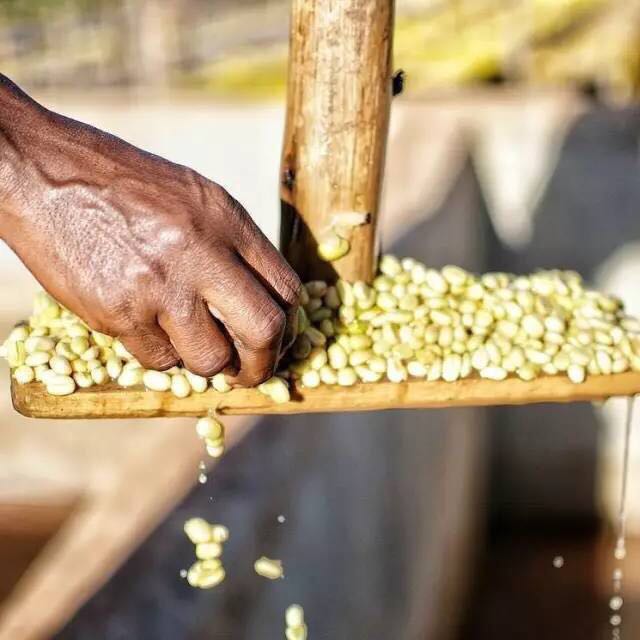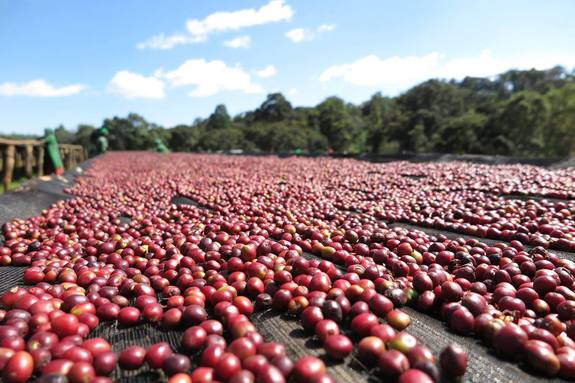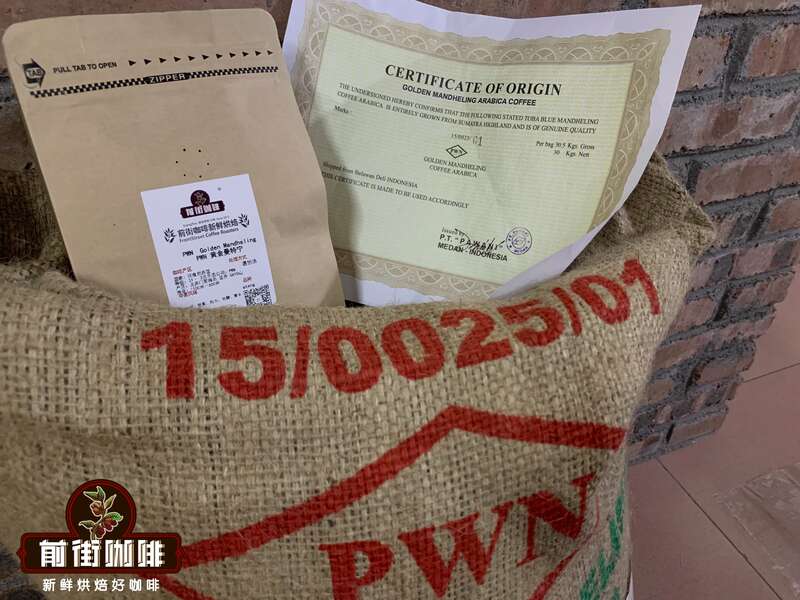Comparison of flavor and taste of Colombian water-washed rose summer and water-washed Huilan
This time, the beans from St. Augustine, Huilan, Colombia are moderately baked, dry and sweet, and the beans are large. Love music pressure method one spoonful of beans full of water, about 85 degrees water temperature, moderate grinding. The product is smooth and light, with Colombia's unique wet flavor, slightly sour, slightly heavy water taste. Colombia's boutique bean producing areas are mainly in the south, more than 1500 meters above sea level, including San Augustin, Huila in Huilan Province, Popayan, Cauca in Cauca Province, Nari ñ o Province, and Tolima Province, where products have delicate sour and raspberry aromas and caramel aromas. Colombian coffee is a very representative and excellent variety of Arabica coffee. It is also a traditional deep-roasted coffee with a strong and memorable flavor. Its aroma is rich and thick, with clear high-quality acidity, high balance, sometimes nutty, lingering aftertaste, both in terms of appearance and quality, Colombian coffee is the best. Like a charming and unrestrained woman, just right.
Colombian coffee has a balanced flavor and a smooth taste, just like a gentleman in coffee. He has a wide range of producing areas, such as Medellin, Armenia and Manizales, which are commonly referred to as "MAM".
Producing area: Huilan
Variety: Caturra
Treatment: washing

Flavor: full of acidity, caramel, sweet nuts, chocolate, red wine flavor, admirable fruit flavor.
Palate: full viscosity, caramel sweetness, supple and pleasant fruit acid.
Baking degree: medium and deep baking
Colombia huila, Colombia: located in the southwest of Colombia, it is one of the major coffee growing areas. Because there are famous coffee cultivation places in Huilan area, the names of small areas become brand names and circulate. Although the cultivation conditions in this area are also very good, the cultivation infrastructure of coffee cultivation farm and surrounding conditions is not well developed. It is a great pity that the raw bean drying equipment or washing processing facilities are not perfect. The coffee in Huilan area has a strong taste and heavy texture. In particular, the coffee in Huilan area can be called high-quality coffee with the aroma of nuts, chocolate and caramel and suitable acidity. Aromas such as caramel and caramel and suitable acidity can be called high-quality coffee.
Geisha is an Arabica coffee variety from Geisha Mountain in southwestern Ethiopia, which is transliterated as "Geisha". Because the Japanese pronunciation of "geisha" is similar to Geisha, Geisha is called "Geisha" coffee in Japan. I think it is easier to communicate with foreign countries by transliteration of "Gaixia" in Chinese.

According to the Panamanian Emerald Manor website, "Gaisha" coffee seeds were taken from Geisha Mountain (Mount Gaisha) in southwestern Ethiopia in 1931, transplanted to Kenya in 1931, replanted in Tanzania in 1936 and introduced to Costa Rica in 1953. It is unknown when they will be introduced to Jaramillo Manor in Panama. After the Price Peterson family, who only knew the Emerald Farm (Hacienda La Esmeralda) of Panama, bought the Galamie Manor in 1996, they found that the coffee flavor on the edge of the estate was unique, so they took part in the 2004 Panama "COE" competition, never wanted to become famous, and won awards almost every year since. Later, it was identified that the variety originated from Ethiopia's "Gaixia Mountain", so it was called "Gaixia" coffee. Panamanian Gesha coffee sold for a sky-high price of nearly $290 per kilogram.
The Herrera family of Hope Farm in Colombia introduced Gesha coffee from the Emerald Manor of Panama in 2007. Although it failed at first, after years of hard work, it won the first prize in the COTY-Coffees of the Year held by the American Fine Coffee Association in Houston in April 2011. for details, see the American Fine Coffee Association 2011 Global Best Coffee Competition.
David Piza C, who majored in industrial engineering from the University of Los Angeles at Bogota, is a professional coffee cup tester and judge of the barista competition in Colombia. He came to China in August this year and brought a number of high-quality manor boutique coffee, including Colombia's Geisha. The author bakes the coffee according to the raw bean information provided by Pei Daxing and the expected baking curve in his mind. To the surprise of everyone present, compared with the samples brought by Pei Daxing, there is almost no difference between the samples baked by the author and Pei Daxing (before the author baked, Pei Daxing did not take out the samples they had been thinking about baking in Colombia).
Colombian "Gaisha" coffee:
On the third day after baking, the author, together with Pei Daxing and two friends, conducted a cup test on Colombian Gesha coffee in Wangjing, Beijing. There are three types of coffee: one is a sample of Gesha baked in Colombia, and the other two are two batches of Colombian Gesha baked by the author in Beijing, each with three cups and the standard of SCAA is 5 cups.
Summing up the test records of the four cups, it is concluded that the first place is the same batch of Gaixia baked by the author in Beijing and baked in Colombia.
Colombian Gesha coffee brewed by hand after the cup test:
Colombian Gesa Coffee features lively and bright acidity, rich aromas of flowers and fruit, medium thickness, balanced and supple taste and a long, sweet finish.
Important Notice :
前街咖啡 FrontStreet Coffee has moved to new addredd:
FrontStreet Coffee Address: 315,Donghua East Road,GuangZhou
Tel:020 38364473
- Prev

The difference of flavor and taste parameters of hand-made black coffee in the treatment of authentic gold Mantenin coffee in Indonesia
Professional barista communication please pay attention to the coffee workshop (Wechat official account cafe_style) Indonesia Manning coffee treatment generally adopts semi-washing method, coffee farmers harvest mature coffee beans, remove the external peel and pulp but retain the thin film tissue on the coffee beans, remove the poor beans that do not bear fruit and float on the water surface through the process of immersion and fermentation, while the strong and sunken beans carry the surface.
- Next

Gayo Mountain Abyssinia Tim Tim Coffee Roasting
Aceh coffee is mainly produced in the Gayo Mountain area around Lake Tawar, where farmers are mostly indigenous Gayo people; while Subei coffee is produced in the west of Lake Toba, the world's largest super crater lake.
Related
- Detailed explanation of Jadeite planting Land in Panamanian Jadeite Manor introduction to the grading system of Jadeite competitive bidding, Red bid, Green bid and Rose Summer
- Story of Coffee planting in Brenka region of Costa Rica Stonehenge Manor anaerobic heavy honey treatment of flavor mouth
- What's on the barrel of Blue Mountain Coffee beans?
- Can American coffee also pull flowers? How to use hot American style to pull out a good-looking pattern?
- Can you make a cold extract with coffee beans? What is the right proportion for cold-extracted coffee formula?
- Indonesian PWN Gold Mandrine Coffee Origin Features Flavor How to Chong? Mandolin coffee is American.
- A brief introduction to the flavor characteristics of Brazilian yellow bourbon coffee beans
- What is the effect of different water quality on the flavor of cold-extracted coffee? What kind of water is best for brewing coffee?
- Why do you think of Rose Summer whenever you mention Panamanian coffee?
- Introduction to the characteristics of authentic blue mountain coffee bean producing areas? What is the CIB Coffee Authority in Jamaica?

